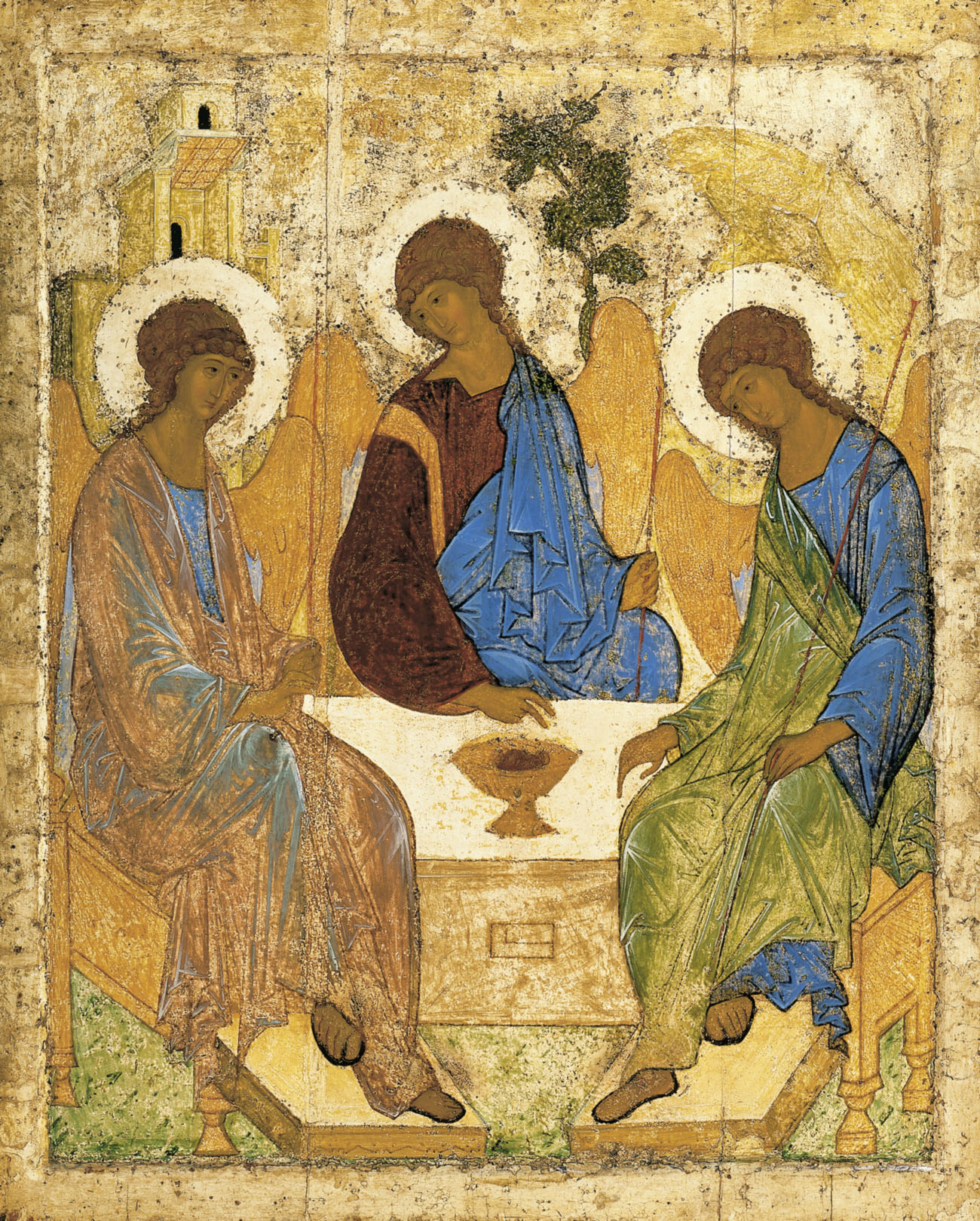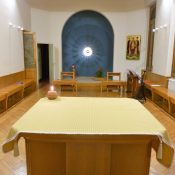Art has always been an important part of humanity. Through works of art it is possible to describe and share several lived experiences.
So it is not a surprising fact that works of art have been one of the most common means used in the past to communicate the experience of faith. This fact was the starting point of a course about Art and faith led by Father. Andrea Dall’Asta.
One of the aspects that I mostly enjoyed is the explanation of the difference between the western and eastern works of art in the Christian tradition. It is interesting to note how different cultures have completely different perspectives of the experience of God. The western approach gives more importance to the human aspect of God who reveals himself within a specific time frame and place. On the other hand, the oriental approach describes the relation with God more as a mystery, where the time period and the place do not have much importance. This makes me think how often different points of view are present in our daily lives without being aware. The lack of observance of this diversity is often the cause of division. The fact that everyone has a different character, already creates a barrier in understanding the point of view of others. If one adds cultural diversity, the risk and temptation is even stronger.
A significant example of unity between two different traditions, according to father Dall’Asta, is the film of Tarkovsky, Andrei Rublev. It is a film which is not easy to follow, but with very strong symbolism. The film narrates the story of Andrei Rublev – or better – of his inner journey that leads him to design one of the most famous works of art. It is a story of death and resurrection. I believe that this could be one of the ways to become more united. In order to be able to see and appreciate the beauty in others, we need to go beyond our point of view.
Unity does not mean equality but a celebration of diversity. It is not always easy but it is surely worth a try.



Comments